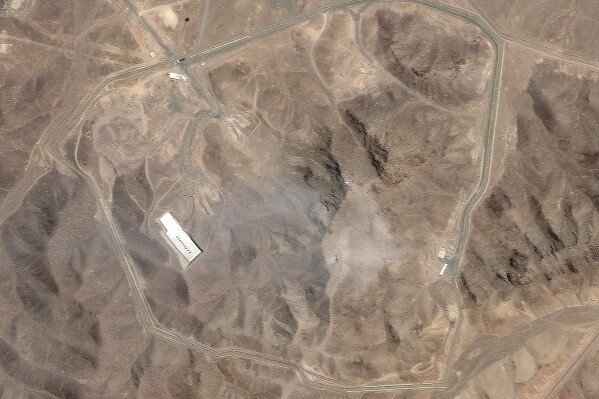Operation Midnight Hammer
On June 21, 2025, U.S. forces launched Operation Midnight Hammer, a mission that flew 125 aircraft, including seven B2 stealth bombers, on an 18 hour mission to Iran and back without detection, according to NBCNews.com. The raid struck three nuclear facilities with bunker busting bombs and cruise missiles, aiming to slow Iran’s uranium enrichment work.
Want to know what happened during the original U.S. strike on Iran’s nuclear facilities? Read the full story
Fordow Nuclear Facility Damage

Fordow suffered the heaviest losses when at least six deep craters appeared above its buried halls after Massive Ordnance Penetrators punched through rock, air, and steel to explode inside, military officials say. Iran’s Fordow plant once held about three thousand centrifuges, including advanced IR6 model,, enriching uranium to levels alarmingly close to weapons grade. U.S. analysts estimate that damage to the ventilation shaft and the shock to those centrifuges could stall work there for up to two years.
Natanz and Isfahan Site Assessment
At Natanz, satellite images show an 18 foot hole over part of the underground complex and shattered buildings nearby, though earlier Israeli raids had also hit electrical and support infrastructure. Inspectors now warn that hidden shafts might still remain serviceable and that without full collapse, repair crews could patch damage in months.
In Isfahan, U.S. Tomahawk missiles destroyed more than a dozen buildings around the conversion section, but Iran’s fuel plate plant and conversion lines could see fresh equipment brought in on short notice.
Political and Regional Context
The strikes followed months of rising tension in the Gulf and a breakdown in nuclear diplomacy. U.S. leaders argued that halting Iran’s path to a bomb required decisive action after sanctions and talks stalled.
Iran’s government has promised swift rebuilding, while its allies in the region have warned of wider conflict. Each side now weighs the risks of further escalation against the chance to return to nuclear negotiations, with global powers watching closely.
Personal Analysis
I think this limited success highlights key questions about using air power for complex underground targets. The U.S. may slow Iran’s nuclear work at Fordow, but Natanz and Isfahan can recover more quickly, showing how tough it is to destroy deep programs from the air. Policymakers will now choose: press further with risk of wider war or shift back to talks that once offered clearer gains. That choice will shape stability across the Middle East for years to come.
Sources: NBCNews.com

